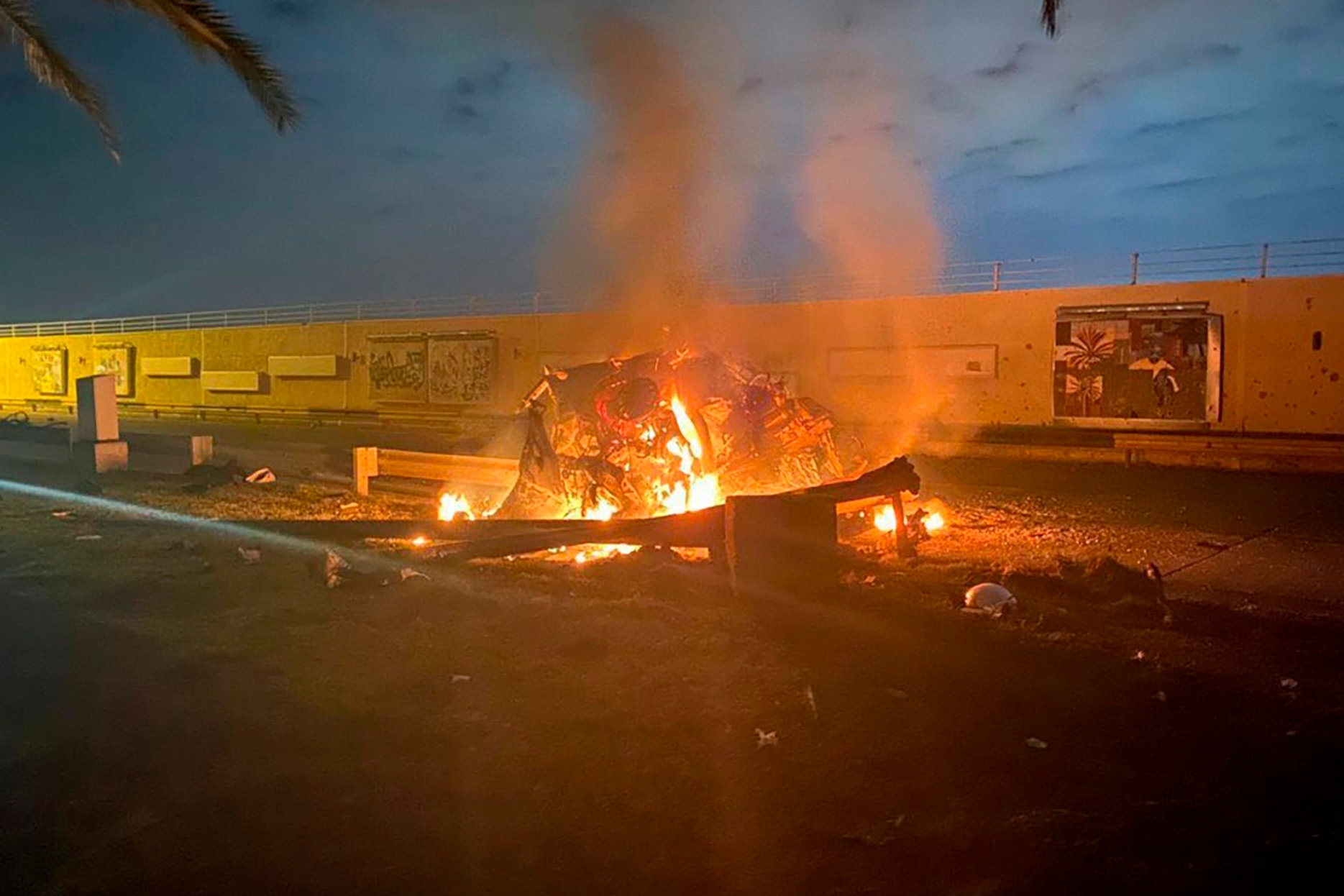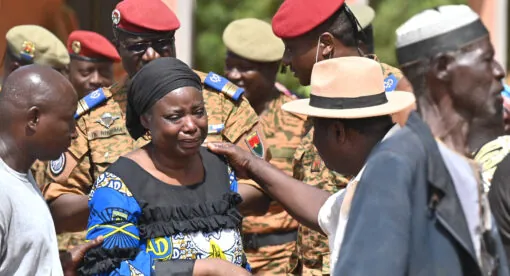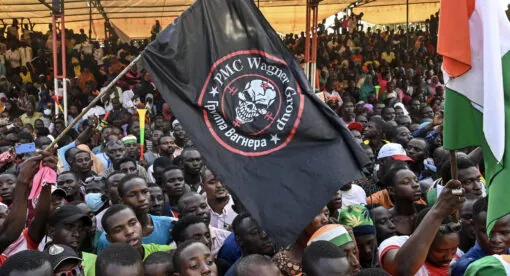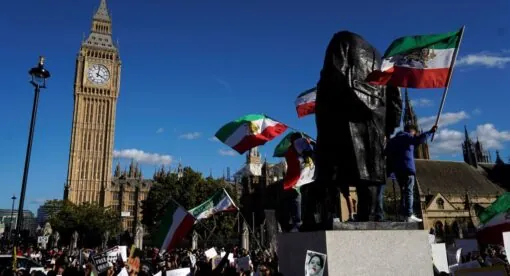After several months of restraint, the United States responded to Iran’s increasingly provocative actions on Jan. 2 with an airstrike on the Baghdad airport that killed an Iranian general who led his country’s proxy militia project and the leader of the Iraqi Shiite militia alliance. Contrary to conventional wisdom, this move by the Trump administration is unlikely to lead to an all-out war between the United States and Iran. Tehran is weak and does not wish to risk its regional position, which is worth far more to the Iranians than a man whose image they themselves spent years inflating. Therefore, Iran will continue to tread on the path of asymmetric warfare.
Iranian Maj. Gen. Qassem Soleimani, one of the casualties of the U.S. strike, led the Quds Force (QF) of Iran’s elite Islamic Revolutionary Guards Corps (IRGC). In a statement issued within hours of Soleimani’s death, Iran’s Supreme Leader Ayatollah Ali Khamenei warned of a “vigorous vengeance” against the United States. Khamenei also quickly appointed Soleimani’s deputy and the far lesser known Brig. Gen. Esmail Ghani as the new head of the IRGC’s overseas operations arm. Earlier, Iran’s top strategic decision-making body, the Supreme National Security Council,was reportedly in an emergency session shortly after Tehran confirmed Soleimani’s death. Meanwhile, Iraq’s most influential Shiite leader, Grand Ayatollah Ali al-Sistani, condemned the U.S. airstrike but urged for all sides to show restraint.
Such rhetoric is to be expected, but in order to understand how Iran will respond it is important to accurately gauge the loss that Iran has incurred from Soleimani’s death and how Tehran views its strategic landscape. There is no doubt that Soleimani was Iran’s key military/intelligence operative. He was also the architect of the Islamic Republic’s geosectarian strategy to establish a contiguous sphere of influence on its western flank extending to the Mediterranean. However, the Iranians went to great lengths to give him a larger-than-life image as part of their overall information operations campaign. More importantly, Tehran was making sure that Soleimani was not indispensable and developed the IRGC-QF into a highly institutionalized entity, with an extensive division of labor and high levels of redundancy built into its system. This was important because they knew that Soleimani’s job description meant he was vulnerable to elimination.
That said, Iran’s leadership is in a dilemma. It did not anticipate that the United States would cross its “red lines.” Now that it has happened, Tehran is carefully thinking through its response. Its recent escalatory actions led the U.S. to strike back hard, and Tehran’s next move will be met with even greater force. Iran’s regional position, which Soleimani was working to enhance, is worth more to the Iranians than the man himself, and Tehran would not want to weaken itself in a major conflict with the United States.
Furthermore, after the disastrous eight-year war with Iraq in the 1980s, Iran’s modus operandi has always been asymmetric warfare. Soleimani, his successor, many of the country’s senior generals – both within the IRGC and its regular armed forces known as the Artesh – are veterans of that war and helped shape the Islamic Republic’s national security strategy. The IRGC-QF has been cultivating and managing proxy groups around the region in keeping with this unconventional military doctrine. The proxy project was designed to project power in the region and avoid costly wars that could devastate Iran because of its status as a weak military power in conventional terms – a situation compounded by massive economic constraints due to decades of international sanctions.
Therefore, any retaliation for Soleimani’s killing will have to be carefully crafted so that it does not lead to an escalation that Iran cannot handle. The message that the United States has telegraphed to Iran with the elimination of Soleimani is that Washington is no longer following a predictable pattern of behavior. Tehran has received this message. The other major issue is that Iraq represents the most important piece of geopolitical real estate for the Iranians and, until now, they have had the upper hand there. That the intelligence of Soleimani’s coordinates came from within Iraqi Security Forces means that Iran cannot fully rely on its Iraqi allies in helping it protect the gains it has made in Iraq over the past decade and a half.
Another constraint that will shape Iran’s course of action is that it cannot afford to be seen as attacking U.S. civilians and diplomatic facilities. It runs the risk of greater international isolation. Even Russia and China, which otherwise exploit the U.S.-Iran conflict to further their strategic interests, would not be able to support such actions. So, the question that the United States should be examining as it prepares for an Iranian response is how far Tehran is prepared to go in retaliating for Soleimani’s killing. In all likelihood, Iran’s future actions will be a continuation of its asymmetric warfare strategy for the near future, as negotiations are unlikely, which was likely a key factor that informed the U.S. decision to eliminate Soleimani.
Dr. Kamran Bokhari is Director of Analytical Development at the Newlines Institute. Dr. Bokhari is also a national security and foreign policy specialist at the University of Ottawa’s Professional Development Institute. Bokhari has served as the coordinator for Central Asia Studies at the State Department’s Foreign Service Institute (FSI). Follow him on Twitter at @KamranBokhari.
The views expressed in this article are those of the author and not an official policy or position of the Newlines Institute.







